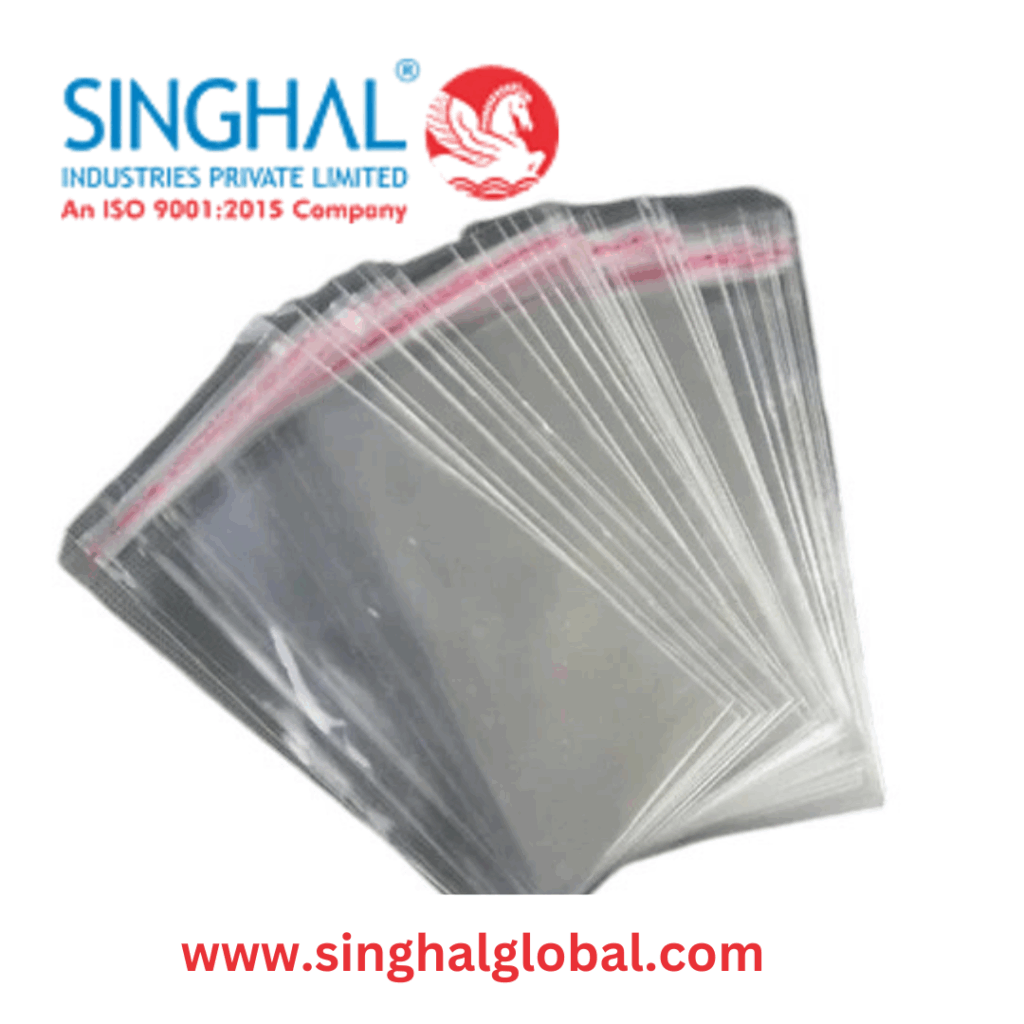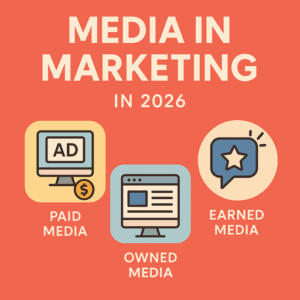In today’s fast-moving digital world, traditional ads often get ignored or blocked. People want content that blends naturally with their online experience, not ads that interrupt them. This is where native advertising services come in.
What Is Native Advertising?
Native advertising is a form of paid content that matches the look, feel, and function of the platform it appears on. Instead of standing out like a traditional ad, it blends in with articles, videos, or social media feeds. This makes it more engaging and less intrusive.
Think of it like a chameleon. It adapts to its surroundings, making it feel natural rather than forced. When done right, native ads provide value to the audience while promoting a brand.
Why Are Native Ads So Effective?
1. Less Intrusive, More Engaging
People often skip or block traditional ads. Native ads, on the other hand, feel like part of the content they are already consuming. Because they don’t disrupt the user experience, they get more attention.
2. Higher Trust and Credibility
Since native ads blend in with regular content, they appear more trustworthy. Readers don’t feel like they’re being sold to. Instead, they see useful or interesting content, making them more likely to engage with the brand.
3. Better Performance
Studies show that native ads have higher click-through rates (CTR) and engagement levels than traditional display ads. This means businesses get more results from their marketing budget.
Where Do You See Native Ads?
Native advertising is everywhere, even if you don’t realize it. Some common examples include:
- Sponsored Articles: News websites and blogs often feature articles labeled as “sponsored” or “promoted.” These are native ads designed to inform while subtly promoting a brand.
- Social Media Ads: Platforms like Facebook, Instagram, and TikTok show ads that blend into users’ feeds, making them look like regular posts.
- Recommended Content Widgets: You might see links at the bottom of an article with headlines like “You may also like…” These often lead to native ads.
- Video Advertisements: Platforms like YouTube and TikTok include sponsored videos that appear in regular video recommendations.
How to Create an Effective Native Ad
1. Understand Your Audience
The best native ads don’t just sell—they provide value. To create an ad that resonates, you need to understand your audience’s interests, needs, and problems.
2. Focus on Storytelling
People love stories. Instead of making an ad that screams “buy now,” craft a story that connects with the audience. A well-told story makes your brand more relatable and memorable.
3. Use High-Quality Content
Since native ads blend with regular content, they should be well-written, informative, and visually appealing. Low-quality content will stand out in a bad way.
4. Keep It Transparent
Even though native ads blend in, they should always be labeled as “sponsored” or “promoted.” Transparency builds trust with the audience and prevents any negative backlash.
The Future of Native Advertising
As people continue to reject disruptive ads, native advertising will keep growing. Brands that invest in creating high-quality, engaging native ads will stand out in a crowded digital space.
If done correctly, native advertising services can help businesses reach the right audience, build trust, and drive more conversions—all without annoying potential customers. In a world where traditional ads are losing their power, native ads are a smart way to stay ahead.









